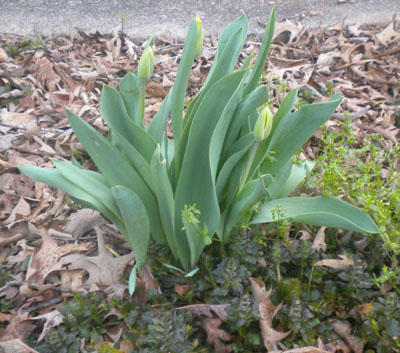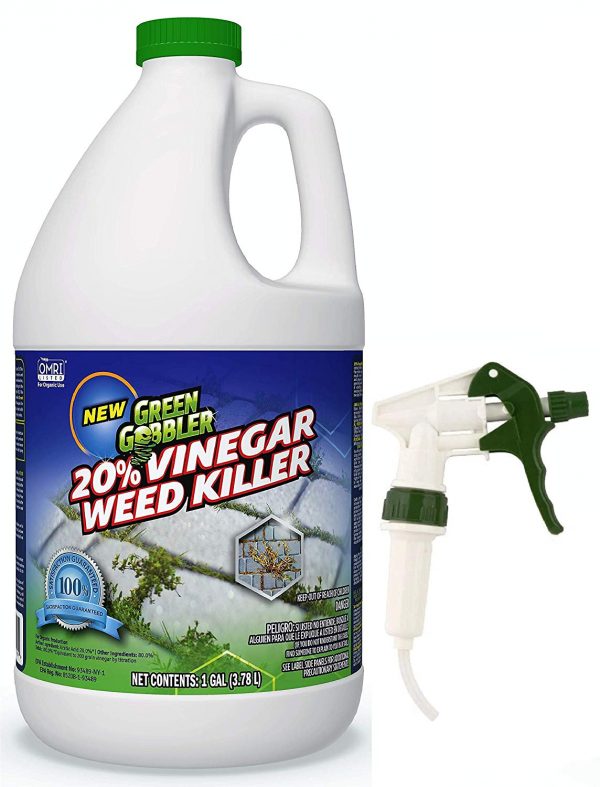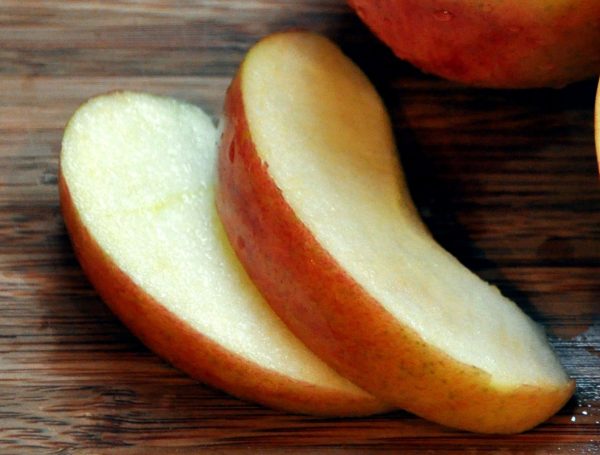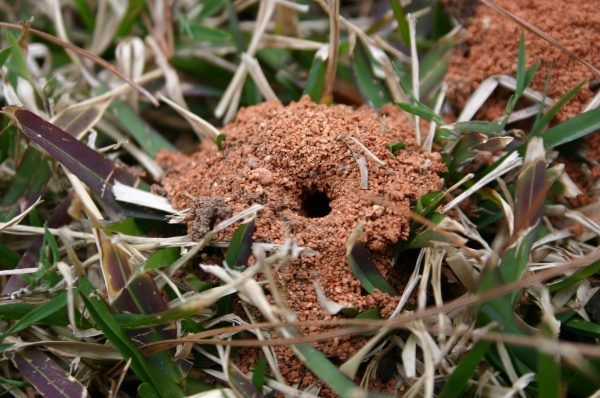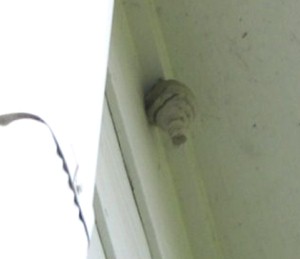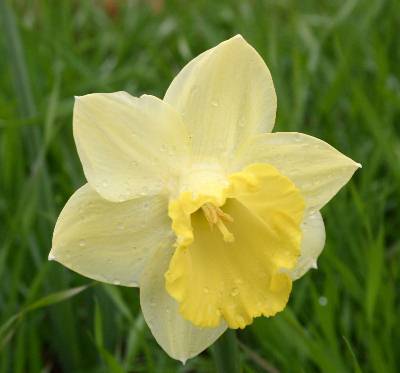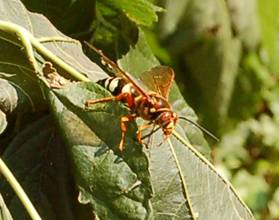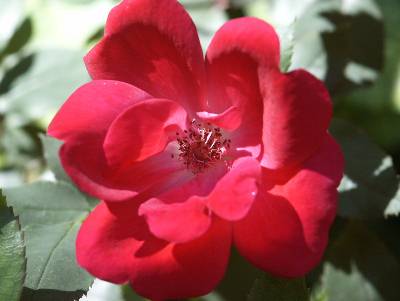How do I get a green thumb?
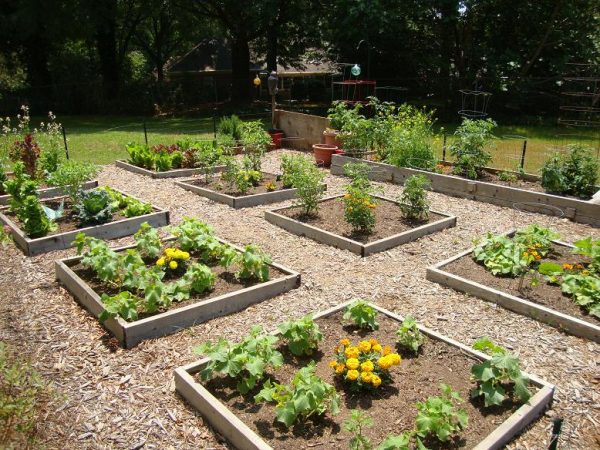
Q: How do I get a green thumb so my plants grow better?
A: We’ve all heard people say “I have a brown thumb; most of my plants die. I sure wish I had a green thumb like my neighbor.” Having a green thumb and beautiful plants doesn’t depend on special tools, advanced education, or special knowledge. The more time you spend with your greenery, the better you’ll get at determining its needs. Instead, it depends on your ability to look at your plants and know if they look normal or if they don’t appear healthy.
If they look ill, a green thumb gardener will determine what caused it and what‘s the best way to correct it. I must say that the green thumb gardeners I know spend time researching a problem before they act. Experienced gardeners decide whether they want to use organic or chemical methods to deal with the problem. Plant what you love. Outdoors, adaptable Cosmos, Celosias, and Marigolds are great flowers for busy beginners.
Nobody is born with a green thumb. Instead, it’s something you build over time. “I think it comes down to the right plant, right place, right tools, and instruction,” Neese says. My feeling is that if you can first be successful with just a few plants you’ll be encouraged to build on that success in the future. Even if you’re totally new to plant care, you can still develop a green thumb.
1. Start Small
Don’t get ahead of yourself! It may be exciting to dream of all the delicious produce and gorgeous flowers you’ll be harvesting, but baby steps are important in your first garden. Don’t spend tons of money on showy crops and expensive tools, or designate half your yard to veggies. Start out with a few easy-to-maintain plants and a plan, to save time, energy, and frustration.
2. Consider Your Resources
There are three things plants need in order to thrive: nutrients, water, and sun. So when planning a garden, it’s important to make sure you’ve got these covered. Plants get all their nutrients from the soil, so make sure you’ve got rich, healthy soil to work with. Some plants grow well in drier, more clay-like soil, some need richer, compost-heavy dirt.
Check to see what you’ve got so you can make an informed decision about which plants will be successful in your garden. If the soil is too dry and clay-like, or sandy, you may need to amend it with compost or organic fertilizers. It’s also very important to know what kind of water conditions are in your garden. If you live in a wetter climate, you certainly don’t want to plant desert-loving succulents and cacti. Consider the natural water conditions in your area, and then decide what sort of additional water you can responsibly provide.
Plants are resilient and want to grow, but planting sun-loving crops in shady areas will result in slow production and small harvests. Full sun is the term used for any area that receives a minimum of 6 hours of direct sunshine per day. Shade to partial shade means an area that is in direct sunlight for less than 6 hours, especially if that light is morning light. Most plants and seeds are marked with their ideal sun needs, so be sure you know what you’ve got before you buy.
3. Get the Right Tools
Stepping into the tool section of a gardening store can be both exciting and overwhelming! There are so many shiny garden gadgets available now, that it’s easy to plop down a small fortune. But slow down! For a beginning garden, you may only need a few select tools. You’ll need something to work the soil. A sturdy trowel is a good option here. Look for one with a solid metal scoop and strong handle. If your soil is drier, you may also want to invest in a hand rake. This is a handy tool to turn up and oxygenate the soil, or work in any compost or amendments you might need.
Watering your plants is also something to consider when purchasing tools. Depending on the size and location of your garden, you might need a hose or a watering can. Also, a small pruner is super handy for maintaining plants and gathering your harvests. Most importantly, don’t forget gardening gloves!
4. Plant What You Love
Being a successful gardener is easy if you are excited about the things you are growing. If you hate radishes, you probably won’t be very invested in caring for a plot full of them. So make a list of all the plants you’d enjoy and go from there. Once you have a master list of the things you’d like to grow, you can narrow it down to the easiest to grow, and those best suited to your climate and garden situation.
5. Plant What Grows Where You Live
You can certainly grow a warmth-loving fig tree in Utah, but you’ll have to insulate it in the winter and baby it throughout the spring and summer. When starting your first garden, you probably want to start simple, with plants that grow easily and/or naturally in your region. For vegetable gardens, plant low-maintenance, easy-to-grow crops like radishes, lettuces, onions, strawberries, or beans. These vegetables can handle a variety of water, sun, and soil conditions, so they are go-to plants for beginning gardens. Starting from seed is always exciting, but purchasing seedlings might be the way to go in a beginning garden. Seedlings have already been hardened off, which means that they have been introduced to outside conditions, have multiple leaves, and can handle the shock of being transplanted into a garden bed. Planting from seed requires a little more care since the baby plants can be quite fragile.
6. Take Notes, Pay Attention, and Don’t Be Afraid to Ask
Questions The beautiful thing about gardens is that they are always changing, and there is no one right way to grow them. Gardening is a skill that comes with practice, and every gardener has their own bag of tricks and tips, gleaned from experience, so the best way to become a great gardener is to pay attention and experiment. Notice how your individual plants indicate that they need water. What happens if they get too much? If one crop does poorly in a shady area, see what happens if you move it to full sun the following growing season. What sort of insects are in your garden, when, and what are they doing there? What happens if you prune a plant? Experiment in your garden and take note of the results. You’ll be amazed at how green that thumb of yours becomes with a little trial and error! And if you’re really stumped, don’t be afraid to ask gardening friends, neighbors, or even an employee at your local gardening store.
7. Keep Trying
Ultimately, the difference between a brown and a green thumb is desire and knowledge. Both are attainable with a little time and effort. So don’t give up! You will have failed crops, and you will have success. The rewards of a bountiful harvest are plentiful and worth the trial and error! Eating fresh grown produce, spreading the beauty of a garden, and sharing your harvest may be the key to building stronger communities, a healthier planet, and a happier world. The color of your thumb doesn’t matter when your hands are digging in the soil!




